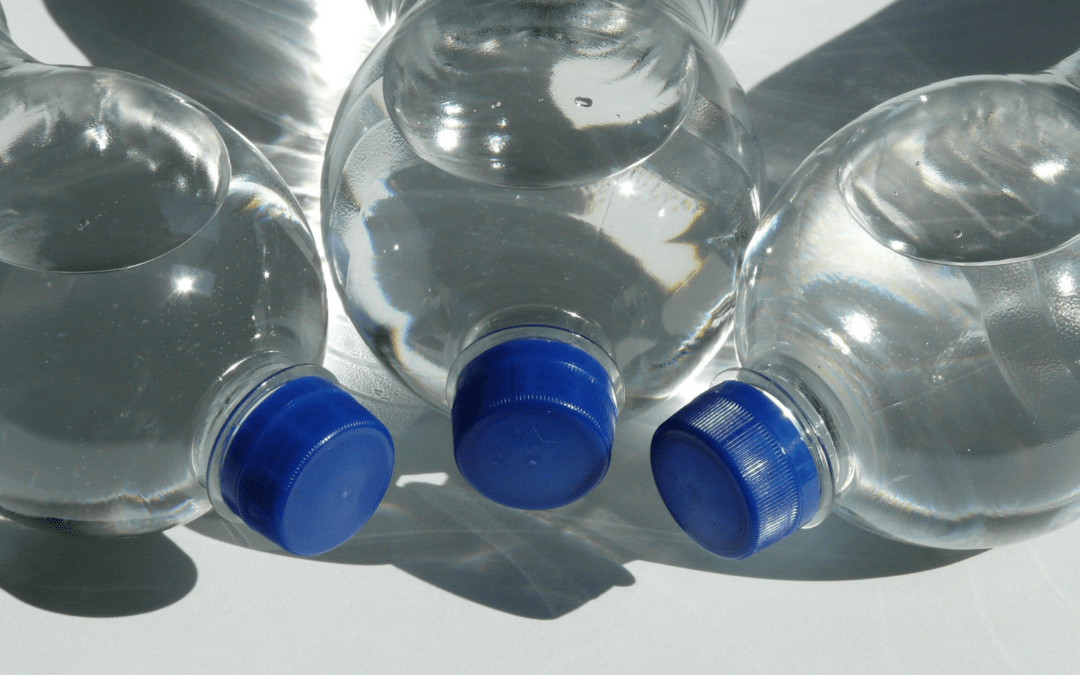Bottled water—it’s everywhere, from your gym bag to your car’s cup holder.
It’s convenient, it’s refreshing, and it’s marketed as the purest thing you can drink. But have you ever wondered what keeps it safe to sip?
Enter the world of bottled water regulations!
These rules are the unsung heroes that ensure every drop you gulp is as clean and clear as the marketing suggests.
But do these regulations really hold up, or are they just fancy talk? Let’s dive into the sparkling (and sometimes murky) waters of bottled water regulations to find out.
Who’s the Boss of Bottled Water Regulations?
When it comes to bottled water regulations, the Food and Drug Administration (FDA) is the head honcho.
Unlike tap water, which is regulated by the Environmental Protection Agency (EPA), bottled water falls under the FDA’s watchful eye.
Here’s how it all shakes out:
- The FDA’s Role: Ensures bottled water meets safety standards similar to those for tap water. Yes, even your fancy “natural spring water” has to toe the line.
- State-Level Backup: Some states like to add their own rules—because why not pile on the bureaucracy?
- Industry Volunteering: Organizations like the International Bottled Water Association (IBWA) take it a step further with extra-strict guidelines for their members.
In short, your bottled water goes through some serious red tape before it hits the shelves.
What Do Bottled Water Regulations Actually Regulate?
Good question! The rules cover pretty much everything except how cool the label design looks.
1. Water Sources
First, they check where the water’s coming from. Sources can include:
- Mountain springs (cue majestic eagle sounds).
- Artesian wells.
- The same municipal water you get from your tap (yep, we’re looking at you, bottled “purified” water).
No matter where it starts, the water must meet strict safety standards.
2. Contaminant Limits
No one wants a side of lead or arsenic with their water. The FDA sets limits on things like:
- Heavy metals.
- Pesticides.
- Creepy crawlies like E. coli.
Essentially, the goal is to keep your water as clean as your Instagram aesthetic.
3. Labeling Rules
Think that label saying “pure glacial water” guarantees a trip to the Arctic? Not so fast. The FDA has strict rules about what companies can claim, including:
- Whether the water has been treated.
- If minerals have been added for taste.
- If that “natural spring” is actually a repurposed municipal source (spoiler alert: it often is).
4. Production Practices
Your bottled water doesn’t just magically appear in a plastic container. Facilities must follow Good Manufacturing Practices (GMPs), which cover everything from equipment cleaning to bottling protocols.
5. Packaging Standards
What’s a great product without great packaging? Bottled water containers must use FDA-approved materials to prevent chemicals from leaching into the water. Bonus points if they’re BPA-free.
Is Bottled Water Better Than Tap Water?
Here’s the tea (or, well, water): Bottled water isn’t necessarily better than tap water. Both are held to high safety standards, but the regulations differ.
- Bottled Water: Periodically tested, with companies responsible for ensuring compliance.
- Tap Water: Tested more frequently, with violations often reported to the public.
So, while bottled water is super convenient, it’s not always the crystal-clear upgrade it claims to be.
How is Bottled Water Tested?
Testing is the backbone of bottled water regulations. Companies must:
- Test their water sources for contaminants.
- Double-check the finished product.
- Use certified labs to ensure the results are legit.
If something doesn’t meet the standard? Say hello to recalls and possible fines.
Busting Myths About Bottled Water
Let’s clear up a few misconceptions:
- Myth: Bottled water is always safer than tap water.
- Truth: Not necessarily! Both have to meet strict safety standards, so it’s often a tie.
- Myth: Every brand sources from a pristine spring.
- Truth: Many brands use treated tap water.
- Myth: Bottled water is free from contaminants.
- Truth: Trace levels are allowed within limits, just like in tap water.
Bottled Water and the Environment
Okay, here’s the elephant in the room: bottled water isn’t exactly winning sustainability awards. Producing those bottles takes resources, and most of them end up in landfills or oceans.
If you want to stay hydrated and help the planet, consider investing in a reusable bottle and a water filter. Your wallet and Mother Earth will thank you.
FAQs About Bottled Water Regulations
- What are the FDA regulations for bottled water?
The FDA ensures bottled water meets strict safety and labeling standards. This includes limits on contaminants, approved production practices, and mandatory testing.
- What are the requirements for water bottles?
Water bottles must use FDA-approved, food-safe materials. Many states are also moving toward banning BPA and other harmful chemicals.
- Do federal regulations cover bottled water?
Yes! The FDA oversees bottled water nationwide. Some states and organizations add additional guidelines for extra safety.
- Is bottled water more regulated?
Not exactly. Bottled water is regulated differently than tap water. Tap water often undergoes more frequent testing and public reporting.
Final Sip
Bottled water regulations work hard behind the scenes to ensure what you’re drinking is clean, safe, and properly labeled.
While bottled water is a convenient option, it’s not always the pure miracle it’s made out to be.
Next time you’re deciding between grabbing a bottle or filling up at the tap, remember: both have their perks, but neither is perfect.
And if you’re feeling extra eco-friendly? Go for a reusable bottle—it’s a win for you and the planet.
Cheers to staying hydrated, no matter how you get your H2O!

